I was going through some old papers today and found this:
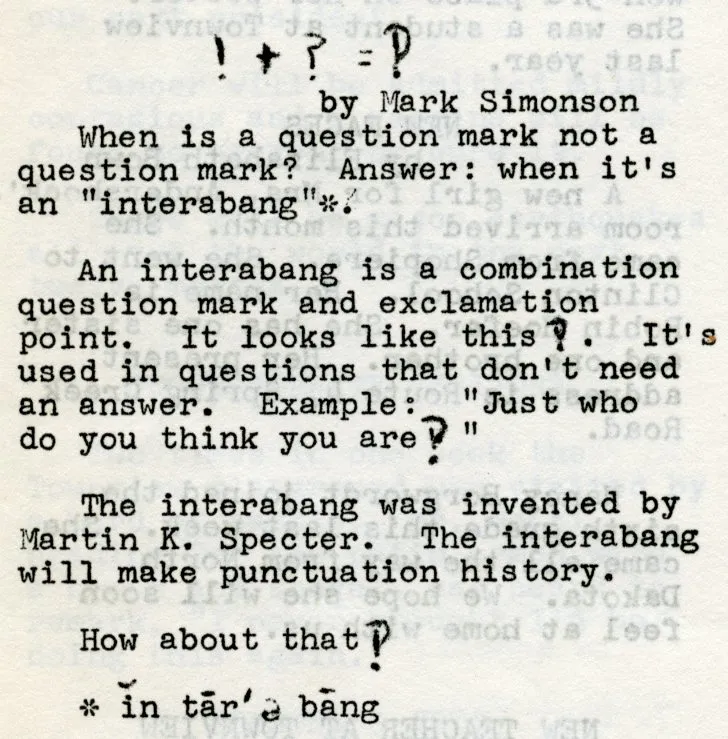
It’s a short article I wrote that appeared in the November 1967 issue of Town Views, the student newspaper at the elementary school I attended. I was 11 years old at the time.
As I recall, I heard about the interabang* from a newsletter my dad used to bring home from work. It was published by Falk, an industrial company that made forklifts or something. But always had interesting topics. I remember seeing M.C. Escher’s work for the first time in one issue.
Seeing this again I realized it’s probably the first type-related thing I ever wrote. I’m sure at the time I just thought it was interesting.
*This is an alternate and apparently older spelling that still appears in some dictionaries—usually it’s spelled “interrobang” today.
Before digital type and desktop publishing took over the world in the late 1980s, there was metal type and phototype. But if you were on a tight budget, you could set type yourself using various “dry transfer” products, Letraset being the most famous. But Letraset wasn’t the only one.
I used Formatt sheets a lot in the late 70s and early 80s. I’ve still got a few catalogs (No. 7 from 1981, No. 8 from 1986, and pages from what I believe is No. 6 from 1976) and a few sheets of type.
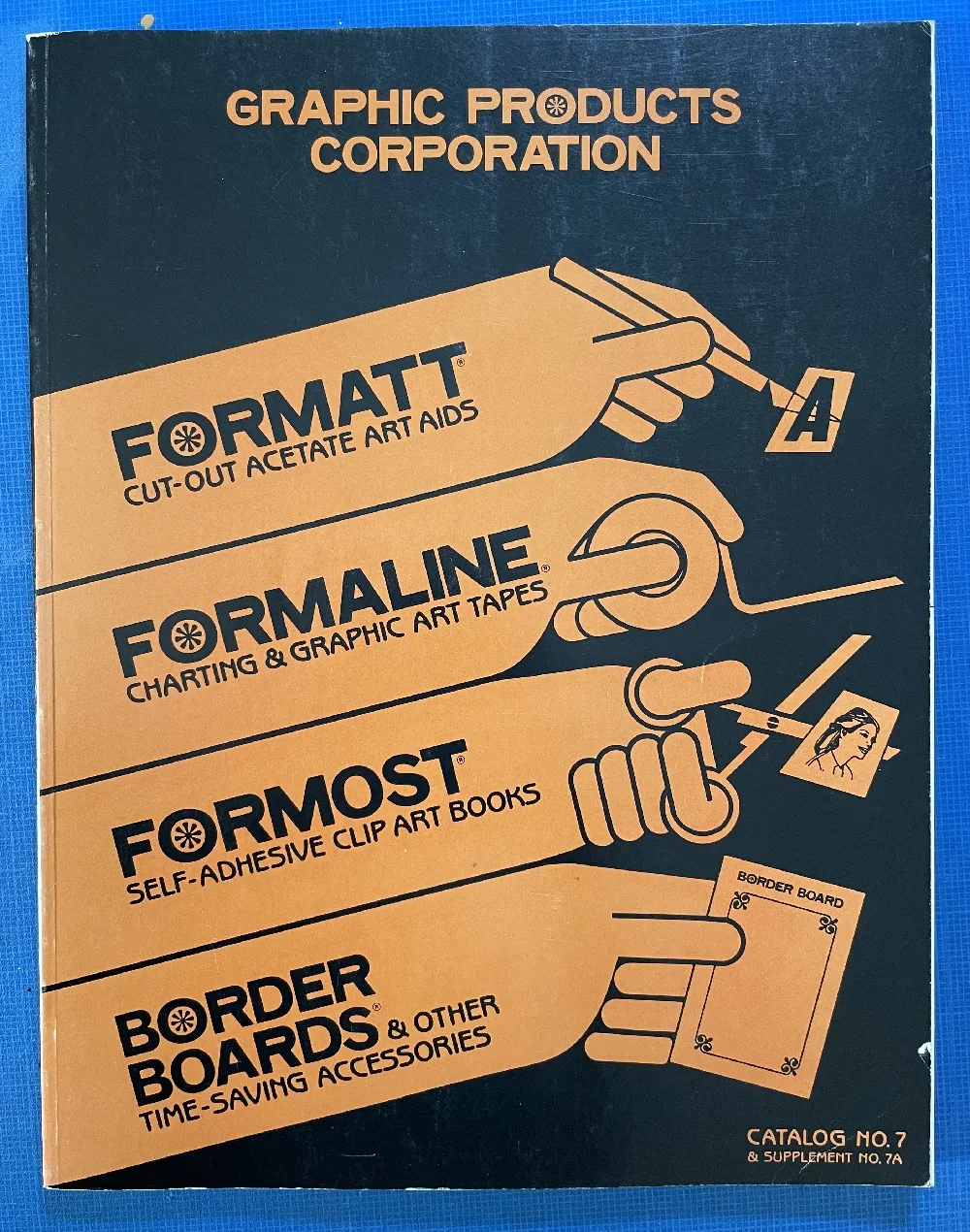
Unlike Letraset and other “rub down” type products, Formatt was printed on a thin, translucent acetate sheet with low-tack adhesive backing on a paper carrier sheet. To use it, you cut out the letters with a razor blade or X-acto knife and positioned them on a suitable surface and then burnished it down. I usually used illustration board and then made a photostat for paste up, but you could put it right on the mechanical if you wanted.
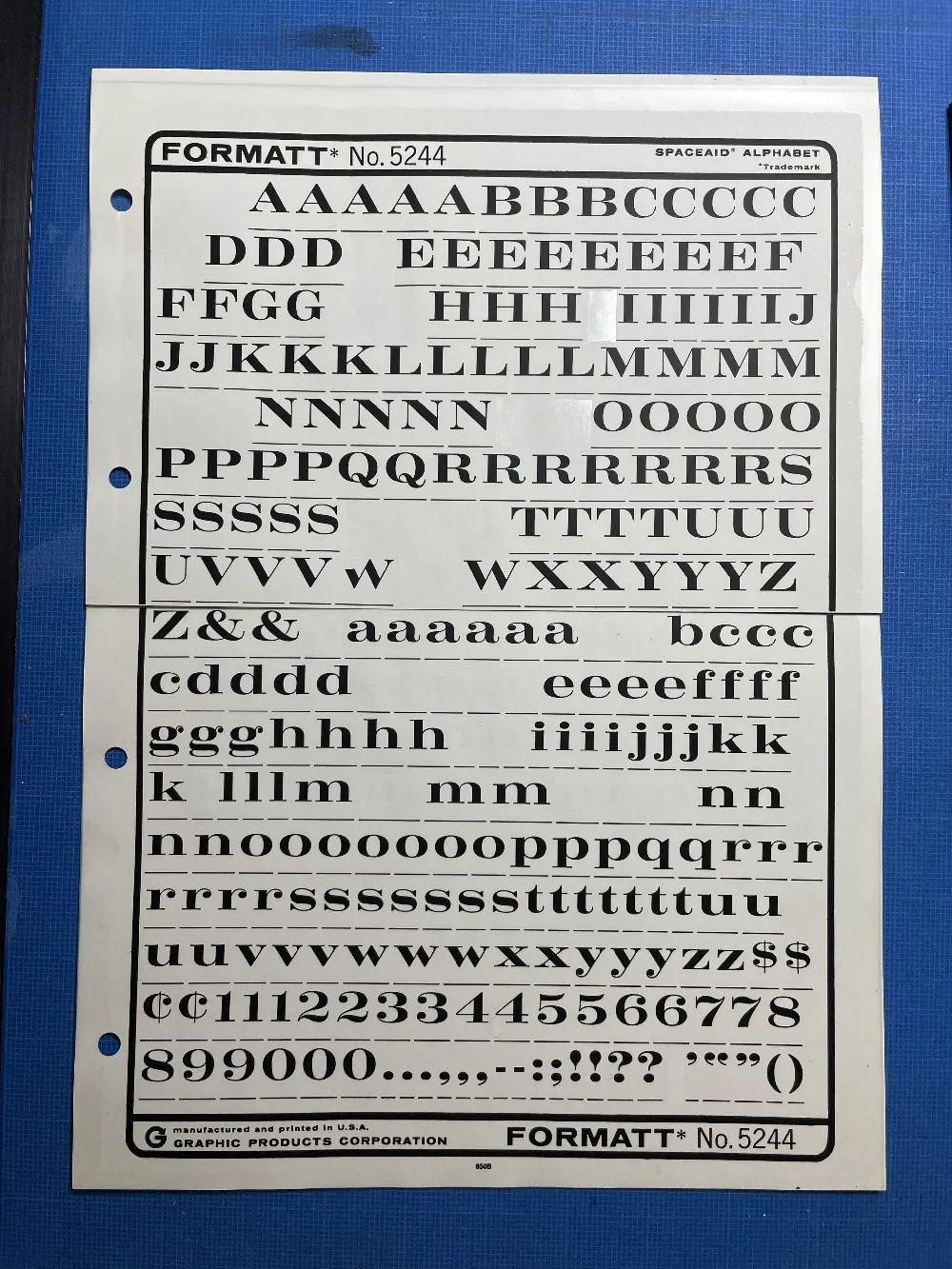
The sheets had guides below each character to aid in spacing and alignment. Although I always spaced it by eye, the guides were essential to keep the characters aligned to each other. I would draw a line for positioning the guidelines using a non-repro pen or pencil before setting the characters down and trim away the guidelines after.
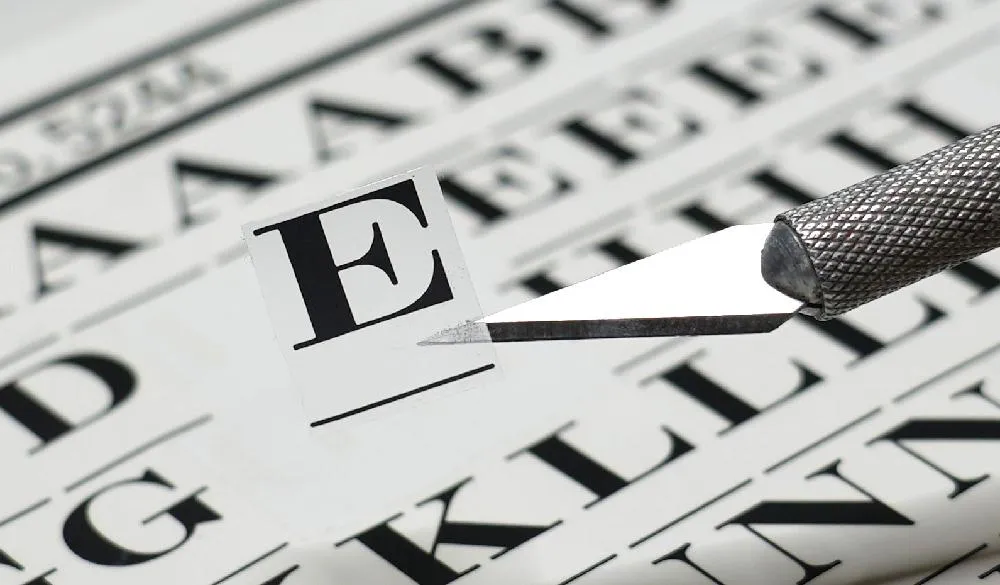
Formatt was not as high in quality as Letraset, but it was cheaper and offered typefaces—especially older metal typefaces—not available from any similar product. But they also carried more recent faces, such as those from ITC. They carried about 250 different typefaces in the catalogs I have. I only bought Formatt type sheets in order to get certain typefaces that weren’t available elsewhere (other than from typesetting houses, which were not in my budget at the time).
In addition to type sheets, they also produced a whole range of pattern sheets, rule and border sheets and tape, color sheets, decorative material, etc. A lot of the graphic material seems to have come from old metal foundry sources. Besides the type sheets, I used their border sheets and tapes a lot, too.
I also made my own “Formatt” sheets sometimes back in the early 80s. I had access to a process camera, which could make high-quality photographic copies of black and white originals, colloquially known as “photostats” or “stats.” Normally you would use white RC (resin-coated) photographic paper with it, but it was possible to get clear acetate photostat material that had a peel-off adhesive backing. Using this, I made copies of pages from old metal type specimens, allowing me to set display type using otherwise unavailable typefaces.
Here is an example of what designers used to have to do in the days before desktop publishing:
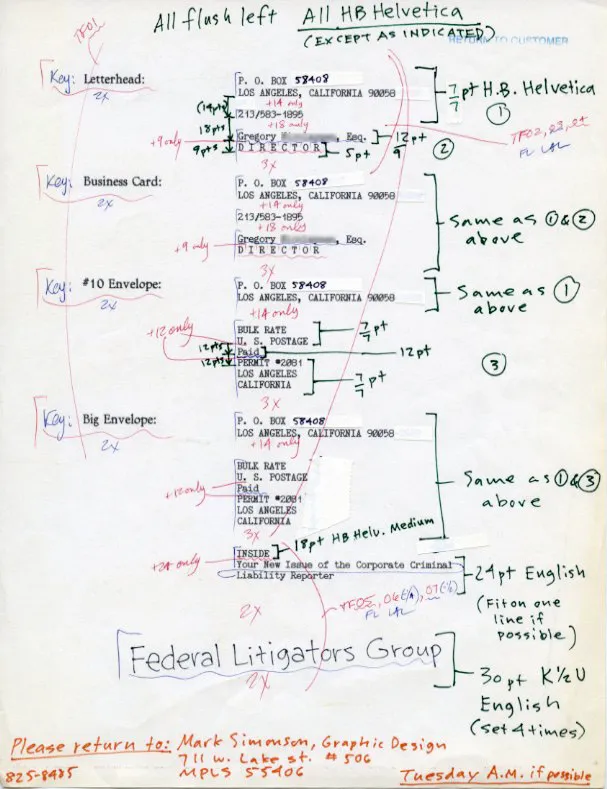
All this for a few blocks of text. In this case, for a client’s stationery. It’s from about 1986 or so. I was already starting to use PageMaker for some jobs, but high resolution output was not available quite yet in Minneapolis, and 300 dpi LaserWriter output would not do for a job like this.
Note the note at the bottom: “Tuesday A.M. if possible.” It was probably sent out on a Monday (delivered via courier), and would have been considered a “rush” job. The markings in blue and light red were made by the typesetter to themselves. The others are mine. I don’t remember exactly, but it probably cost $75-$100 to have this copy typeset, including delivery charges.
There was never any question that the spacing and quality would be anything but perfect. None of this had to be stated in the “specs” unless something unusual was called for, like the note near the bottom that says “K 1/2 U” meaning “kern one half unit.” The finished “repro” would still need to be cut up and pasted into position on illustration board before it could be printed.
We are so spoiled nowadays. We can set the type ourselves, right at our desks (or laps), and instantly see what it will look like. No more spec’ing, or waiting, or paying big typesetting bills. On the other hand, you do have to know a lot more about setting type than you did back then to get the same level of quality.
(A possibly interesting footnote: The copy was printed out on a dot-matrix printer, an Apple Imagewriter II, using bitmapped fonts I made myself on my Mac, including one that mimics the look of a typewriter.)
In the late seventies, personal computers were starting to emerge and generate interest among some people. I was mildly interested, but I had no idea what I would do with one. Suggested uses were things like: storing recipes, an electronic address book, or maybe play computer games like Star Trek. Mostly it seemed to be about writing programs in BASIC to, say, store recipes. Anyway, none of this really got me excited enough about computers to actually buy one.
All that changed when I came across a copy of a book by Ted Nelson called Computer Lib / Dream Machines. He wrote the first edition in 1974. The copy I bought was the 1980 edition. In it, Nelson presented a vision of computers as tools to enhance and expand human intelligence and creativity. One of the big ideas he talks about in the book is hypertext, a term he coined. Hypertext is, of course, one of the foundations of the Web, as in HTML, or Hypertext Markup Language. When you click on a link, that’s a kind of hypertext.
But, to Nelson, hypertext was much more than simple links to other documents. He envisioned a new kind of non-linear, dynamic form of literature, with variable levels of detail and hierarchy, tailored to the variable needs of authors and readers, all made possible by computers, which could do things that would be impossible on the printed page. After reading Computer Lib, I had to have a computer. I wanted to be part of this future.
Of course, it didn’t happen right away, this vision of Ted Nelson. When the Mac came out, everyone (including me) was astounded by its point-and-click graphical user interface. However, as I recall reading in one of the computer magazines of the day, Nelson was unimpressed. While he agreed that it was a good start, he criticized the Mac’s WYSIWYG presentation of text and graphics as being too limited, too static and bound to the ink and paper media of the past. The desktop publishing revolution, as amazing as it was for the print publishing world, fell far short of what was possible with this new digital medium.
In a few years, we got the World Wide Web. But, as Gerry Lieonidas tells in his talk (below), we are still in many ways stuck in print-oriented concepts, just as Ted Nelson was complaining back in 1984. When I saw Gerry’s talk earlier this evening, it immediately made me think of Ted Nelson and these ideas that got me excited about computers in the first place.
Gerry, I think you’re onto something.
Above: Gerry Leonidas on The Newest New Typography from Clearleft on Vimeo.
Arial is everywhere. If you don’t know what it is, you don’t use a modern personal computer. Arial is a font that is familiar to anyone who uses Microsoft products, whether on a PC or a Mac. It has spread like a virus through the typographic landscape and illustrates the pervasiveness of Microsoft’s influence in the world.
Arial’s ubiquity is not due to its beauty. It’s actually rather homely. Not that homeliness is necessarily a bad thing for a typeface. With typefaces, character and history are just as important. Arial, however, has a rather dubious history and not much character. In fact, Arial is little more than a shameless impostor.
Throughout the latter half of the twentieth century, one of the most popular typefaces in the western world was Helvetica. It was developed by the Haas Foundry of Switzerland in the 1950s. Later, Haas merged with Linotype and Helvetica was heavily promoted. More weights were added and it really began to catch on.
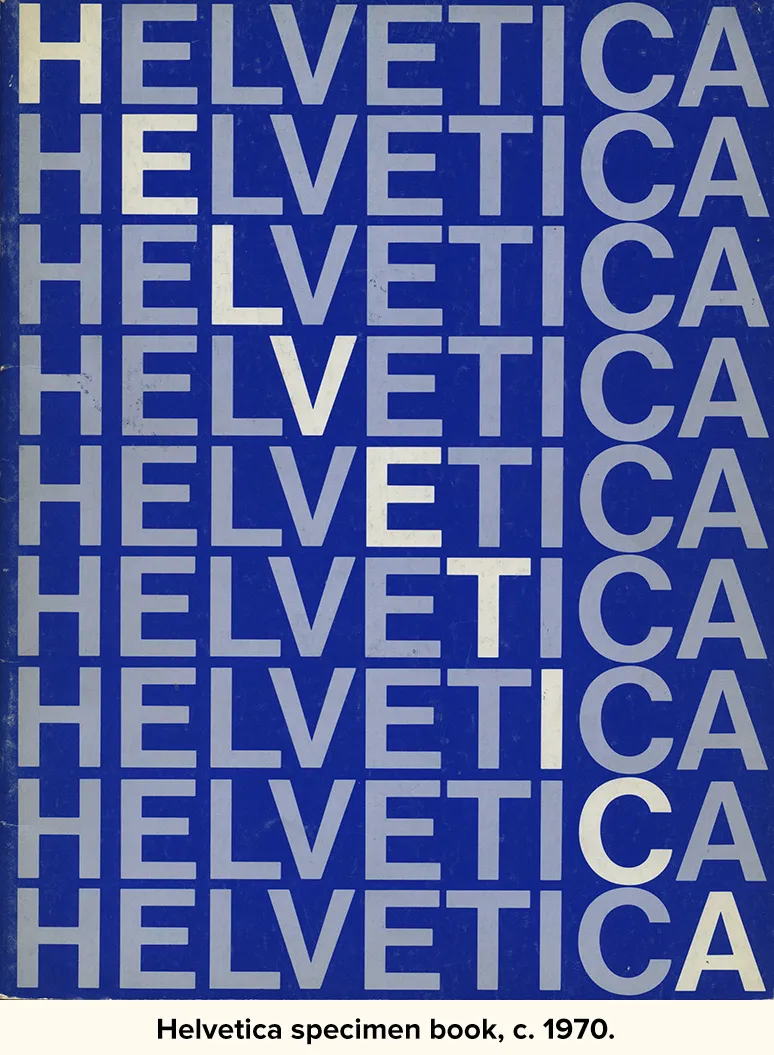
An icon of the Swiss school of typography, Helvetica swept through the design world in the ’60s and became synonymous with modern, progressive, cosmopolitan attitudes. With its friendly, cheerful appearance and clean lines, it was universally embraced for a time by both the corporate and design worlds as a nearly perfect typeface to be used for anything and everything. “When in doubt, use Helvetica” was a common rule.
As it spread into the mainstream in the ’70s, many designers tired of it and moved on to other typographic fashions, but by then it had become a staple of everyday design and printing. So in the early ’80s when Adobe developed the PostScript page description language, it was no surprise that they chose Helvetica as one of the basic four fonts to be included with every PostScript interpreter they licensed (along with Times, Courier, and Symbol). Adobe licensed its fonts from the original foundries, demonstrating their respect and appreciation for the integrity of type, type foundries and designers. They perhaps realized that if they had used knock-offs of popular typefaces, the professional graphic arts industry—a key market—would not accept them.
By the late eighties, the desktop publishing phenomenon was in full swing. Led by the Macintosh and programs like PageMaker, and made possible by Adobe’s PostScript page description language, anyone could do near professional-quality typesetting on relatively inexpensive personal computers.
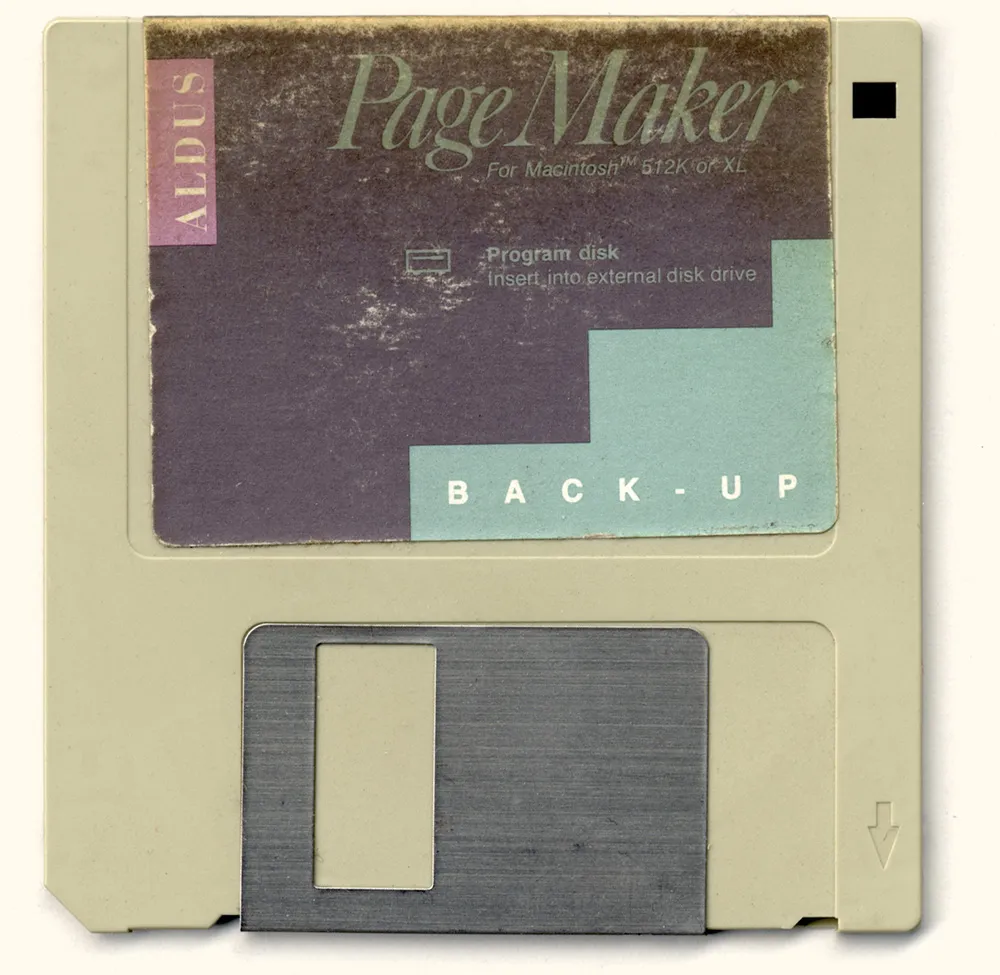
But there was a problem. There were two kinds of PostScript fonts: Type 1 and Type 3. Type 1 fonts included “hints” that improved the quality of output dramatically over Type 3 fonts. Adobe provided information on making Type 3 fonts, but kept the secrets of the superior Type 1 font technology to itself. If you wanted Type 1 fonts, Adobe was the only source. Anyone else who wanted to make or sell fonts had to settle for the inferior Type 3 format. Adobe wanted the high end of the market all to itself.
By 1989, a number of companies were hard at work trying to crack the Type 1 format or devise alternatives. Apple and Microsoft signed a cross-licensing agreement to create an alternative to Adobe’s technology. While Microsoft worked on TrueImage, a page description language, Apple developed the TrueType format. TrueType was a more open format and was compatible with—but not dependent on—PostScript. This effectively forced Adobe’s hand, causing them to release the secrets of the Type 1 format to save themselves from irrelevancy.
Around the same time, PostScript “clones” were being developed to compete with Adobe. These PostScript “work-alikes” were usually bundled with “look-alike” fonts, since the originals were owned by Adobe’s business partners. One PostScript clone, sold by Birmy, featured a Helvetica substitute developed by Monotype called Arial.
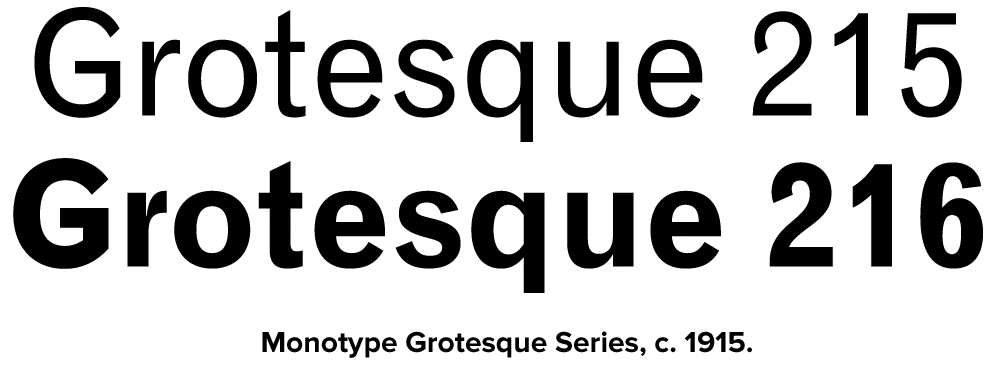
Arial appears to be a loose adaptation of Monotype’s venerable Grotesque series, redrawn to match the proportions and weight of Helvetica. At a glance, it looks like Helvetica, but up close it’s different in dozens of seemingly arbitrary ways. Because it matched Helvetica’s proportions, it was possible to automatically substitute Arial when Helvetica was specified in a document printed on a PostScript clone output device. To the untrained eye, the difference was hard to spot. (See “How to Spot Arial”) After all, most people would have trouble telling the difference between a serif and a sans serif typeface. But to an experienced designer, it was like asking for Jimmy Stewart and getting Rich Little.
What is really strange about Arial is that it appears that Monotype was uncomfortable about doing a direct copy of Helvetica. They could very easily have done that and gotten away with it. Many type manufacturers in the past have done knock-offs of Helvetica that were indistinguishable or nearly so. For better or worse, in many countries—particularly the U.S.—while typeface names can be protected legally, typeface designs themselves are difficult to protect. So, if you wanted to buy a typesetting machine and wanted the real Helvetica, you had to buy Linotype. If you opted to purchase Compugraphic, AM, or Alphatype typesetting equipment, you couldn’t get Helvetica. Instead you got Triumvirate, or Helios, or Megaron, or Newton, or whatever. Every typesetting manufacturer had its own Helvetica look-alike. It’s quite possible that most of the “Helvetica” seen in the ’70s was actually not Helvetica.
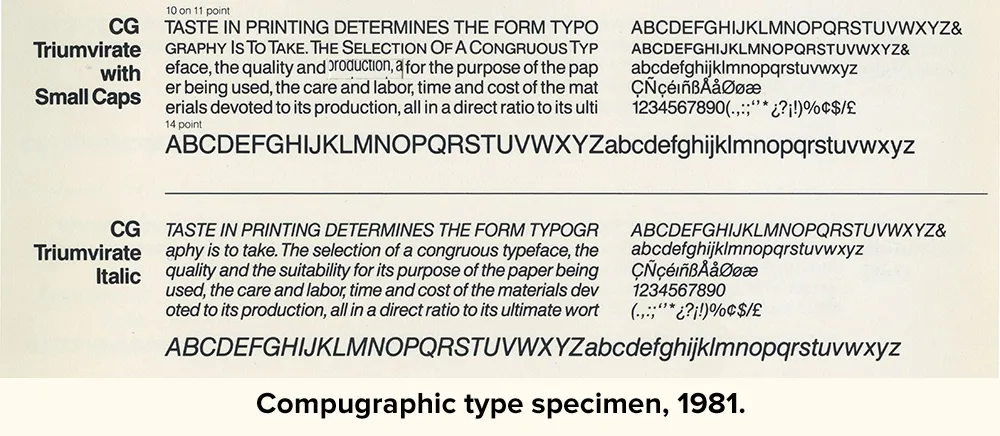
Now, Monotype was a respected type foundry with a glorious past and perhaps the idea of being associated with these “pirates” was unacceptable. So, instead, they found a loophole and devised an “original” design that just happens to share exactly the same proportions and weight as another typeface. (See “Monotype’s Other ‘Arials’”) This, to my mind, is almost worse than an outright copy. A copy, it could be said, pays homage (if not license fees) to the original by its very existence. Arial, on the other hand, pretends to be different. It says, in effect “I’m not Helvetica. I don’t even look like Helvetica!”, but gladly steps into the same shoes. In fact, it has no other role.
***
When Microsoft made TrueType the standard font format for Windows 3.1, they opted to go with Arial rather than Helvetica, probably because it was cheaper and they knew most people wouldn’t know (or even care about) the difference. Apple also standardized on TrueType at the same time, but went with Helvetica, not Arial, and paid Linotype’s license fee. Of course, Windows 3.1 was a big hit. Thus, Arial is now everywhere, a side effect of Windows’ success, born out of the desire to avoid paying license fees.
The situation today is that Arial has displaced Helvetica as the standard font in practically everything done by nonprofessionals in print, on television, and on the Web, where it’s become a standard font, mostly because of Microsoft bundling it with everything—even for Macs, which already come with Helvetica. This is not such a big deal since at the low resolution of a computer screen, it might as well be Helvetica. In any case, for fonts on the Web, Arial is one of the few choices available.
Despite its pervasiveness, a professional designer would rarely—at least for the moment—specify Arial. To professional designers, Arial is looked down on as a not-very-faithful imitation of a typeface that is no longer fashionable. It has what you might call a “low-end stigma.” The few cases that I have heard of where a designer has intentionally used Arial were because the client insisted on it. Why? The client wanted to be able to produce materials in-house that matched their corporate look and they already had Arial, because it’s included with Windows. True to its heritage, Arial gets chosen because it’s cheap, not because it’s a great typeface.
It’s been a very long time since I was actually a fan of Helvetica, but the fact is Helvetica became popular on its own merits. Arial owes its very existence to that success but is little more than a parasite—and it looks like it’s the kind that eventually destroys the host. I can almost hear young designers now saying, “Helvetica? That’s that font that looks kinda like Arial, right?”
See also:
Last week I did a talk for Type Tuesday in Minneapolis where I did a live demo of early font editors on a real Macintosh Plus. I’ve uploaded a video recording of it on YouTube, or you can watch it here.
6/27/24 Update: I’ve also posted a video about the story behind the Mac Plus I used for my Type Tuesday talk:
